Emergence Observations; Impact of Sandblasting and Alfalfa Weevils; Meet the 2022 Summer Interns
BY Dairyland Seed Agronomy Team
2022 EMERGENCE OBSERVATIONS
Dairyland Seed has a vast network of on-farm product trials that many of you plant and harvest every year. While it is great to see hybrid and variety performance in full production fields (or as one regional agronomist puts it: “in the wild”), the plots give us the best way to calibrate products against one another in various aspects. This is a win-win for customers and Dairyland Seed.
The first thing the Agronomy Team looks at every year is emergence. We tend to think of emergence in two parts:
- Stress Emergence: This is the ability of a variety to produce plants under cold and/or wet conditions.
- Early Vigor or Speed of Emergence: Think about this as a race to the V2 growth stage.
Without diving in too much, one can probably imagine that these two parts are related but somewhat separate. Corteva plant breeders do an excellent job of evaluating and selecting for stress emergence for every variety, but it’s up to the Agronomy Team to complete the story with early vigor.
Overall, the 2022 season has been a good one for emergence. The hot weather in early May after the first planting push was a great equalizer, so many locations have not shown us differentiation between products. That is a good thing! As we have pushed later in the season or into areas with more rain and narrower planting windows, crusting and tight soil has created some challenging scenarios.
Below are the preliminary stand out leaders for early vigor in the 2022 season. In the excitement of spring, we often need to remind ourselves that this is just one agronomic trait in one season, so try not to put too much weight on it. This information will be analyzed further in the coming months, so watch for more information soon.
|
80-100 Day Grain Corn |
DS-2220AM™, DS-3022AM™, DS-3477AM™, DS-3550AM™/Q, DS-3900AM™ |
|
101-112 Day Grain Corn |
DS-4219AM™, DS-4917AM™, DS-5250AM™, DS-5383AM™ |
|
Silage |
HiDF-3044Q™, HiDF-3855Q™, HiDF-3802Q™, HiDF-5000Q™ |
|
0.2-2.0 Soybeans |
DSR-0920E™, DSR-1505E™, DSR-1820E™, DSR-2040E™ |
|
2.1-3.7 Soybeans |
DSR-2188E™, DSR-2640E™, DSR-3256E™, DSR-3499E™ |
SANDBLASTING
With the recent winds across the Dairyland Seed footprint the last few days or in some instances, weeks, we may be experiencing sandblasting. Sandblasting occurs when soil particles are picked up and carried or blown about by the wind. When these soil particles come in contact with leaf surface, they cut into the leaf tissue causing tattering of leaves or, in some instances, shearing off of stems.
Corn plants that experience sandblasting will have tattering of leaves and may be shorn off, but in some cases, they will get dirt in the whorl and the leaf will roll up tight as shown in the photo below.

Once the leaf unfurls, due to the leaf being rolled up and not receiving sunshine, you will see a yellow leaf or a yellow flash on the leaf. If the leaf is wrapped very tight, and we do not receive good growing conditions (moisture and sunshine), the rolled-up leaves will burst through and more than just one leaf will be yellow. All hybrids, from all companies, can show yellow flash in this instance. Plants and/or hybrids that have upright leaves, or more upright leaves, can trap more soil in the whorl increasing yellow leaves.
In most instances, sandblasting or soil/dirt in the whorl does not kill a corn plant. However, if other factors such as a compromised root system that is diseased or injured, or if the corn plant had to struggle to emerge and does not have energy reserve left in the seed, this wrapping of the leaf does not allow the plant to photosynthesis and you can lose plants. This is more critical prior to V3-V4 corn when the plant is putting out a great amount of energy for roots and leaves. Cool and cloudy days do not help in these instances.
Sandblasting and having dirt/soil in the whorl of the corn plant increases the potential for diseases such as Goss’s Wilt to infect the plant.
In the case of soybeans, if the plant has emerged and the cotyledons are out, or even just the hypocotyl is exposed, soil particles can “blast” away at the tissue and cut the plant in two, killing the plant. If soybean plants are in the first trifoliate growth stage or later and the tissue is cut or effected above the first trifoliate, the plant will react the same as being hailed on and will grow from the auxiliary buds.
Much like other stresses on plants, if you have more than one malady affecting the plant, sandblasting can or could be the one stress too many, and the plant succumbs to all of them.
If you have questions about this or other Agronomy topics, please contact you Dairyland Seed Regional Agronomist.
ALFALFA WEEVIL PRESSURE BEGINS
While our crew of summer interns travel the countryside harvesting alfalfa strip plots, they jot down notes about the health of the plot to understand how the data they collect represents the entire alfalfa field. Information like recent rainfall, fertility added, stage of growth, sprays applied, and weed/insect pressure are all observations helpful to know.
With the weather turning more summer-like recently, more plots have been harvested and more comments about alfalfa weevil pressure have been noted. These pesky critters overwinter along fence rows, in wood lots, and in ditches to take advantage of the new spring growth; quickly going from spot feeding to defoliating the upper canopy as harvest nears. If more than 40% of stems show signs of feeding, immediate action should be implemented to reduce further damage. Commercial pesticides and predatory insects are available control measures, but the most effective method tends to be harvesting the affected fields. For extensive damage, be sure to scout fields early in second crop regrowth.
Alfalfa Weevil & Damage:

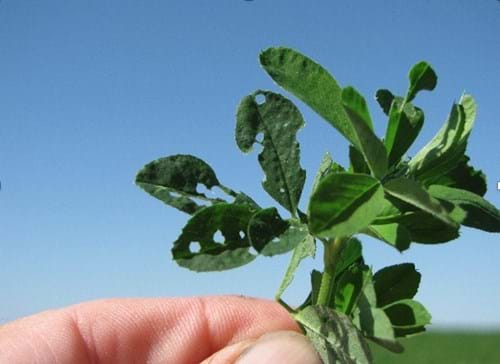
WELCOME 2022 DAIRYLAND SEED SUMMER INTERNS
Every summer, Dairyland Seed hires three college students to harvest alfalfa strip plots, work with our District Sales Managers, and learn from our Regional Agronomists. This year, we have a trio of incredibly driven, hard-working young ladies that have already hit the ground running. I hope you get a chance to meet them while they’re out working within the region!
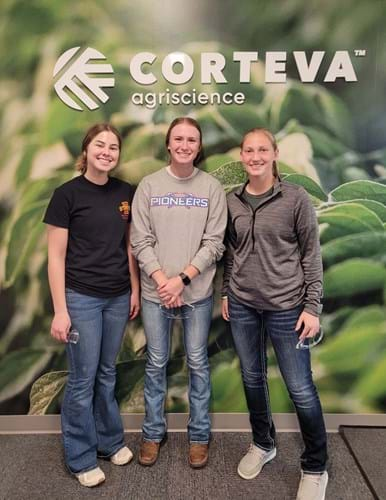
From left, Lauren Goldsmith, Alexis Healey, Jocelyn Winebrenner
Western Region: Lauren Goldsmith (lgoldsmith@dairylandseed.com)
- Covers: North Dakota, South Dakota, Minnesota, Iowa
- Junior at Iowa State University majoring in Agronomy and Animal Science
- Grew up on a Dairy, Beef, & Crop farm in NE Iowa
- Works at the ISU Agronomy Greenhouse during the school year
- Involved in Collegiate 4-H, Dairy Science Club, Agronomy Club, Sigma Alpha, and FFA
- Enjoys conducting research on forages and animal nutrition
Northern Region: Alexis Healey (ahealey@dairylandseed.com)
- Covers: Wisconsin, Michigan Upper Peninsula, Illinois
- Junior at UW-Platteville majoring in Ag Business and Animal Science
- Grew up on a Dairy & Crop farm in NW Indiana
- Co-manages the UW-Platteville Hydroponics lab raising lettuce for the dining halls
- Member of the UW-Platteville Track & Field team
- Likes animal nutrition formulation and forages
Eastern Region: Jocelyn Winebrenner (jwinebrenner@dairylandseed.com)
- Covers: Michigan, Indiana, Ohio
- Junior at Huntington University (IN) majoring in Ag Business, Ag Education, and Animal Science
- Grew up on a Dairy & Crop farm in Northern Indiana
- Member of the Huntington University Softball team
- Involved in Collegiate Farm Bureau, 4-H, National Honor Society, and officiating sports
- Interested in ag sales, agronomy, and forages
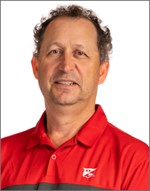 |
 |
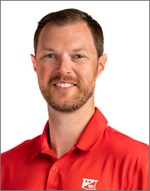 |
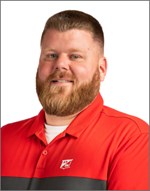 |
 |
| Brian Weller Western Region 507.456.3034 |
Dan Ritter Central Region 219.863.0583 |
Branden Furseth Northern Region 608.513.4265 |
Mark Gibson Eastern Region 260.330.8968 |
Amanda Goffnett Eastern Region 989.400.3793 |
